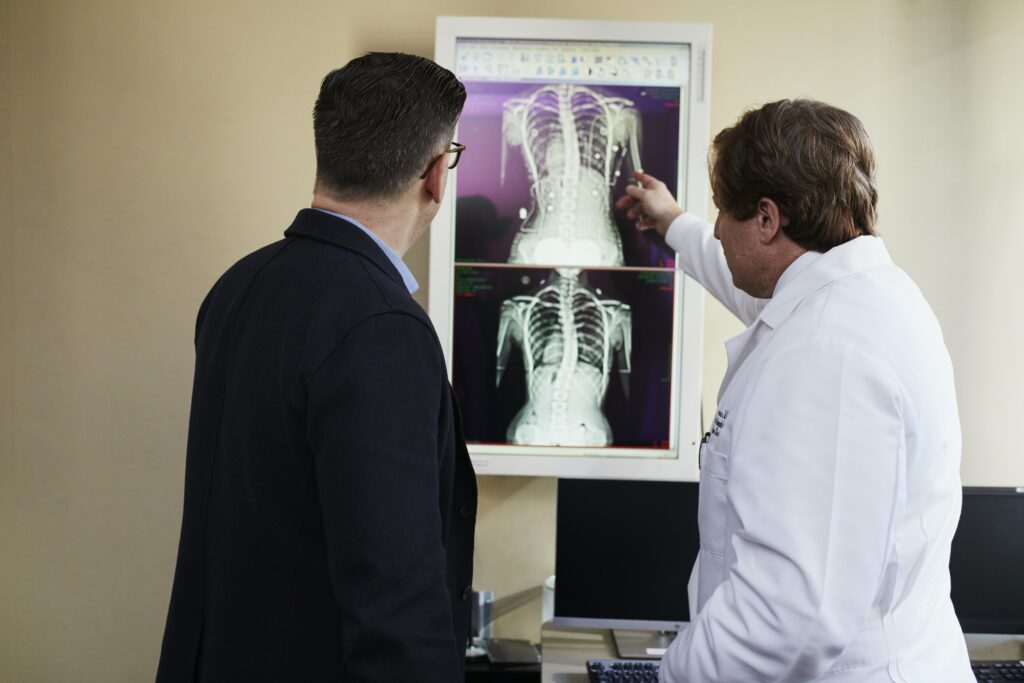Lung cancer often spreads to the other parts of the body, such as the brain and bones, that cause pain, headache, nausea, and other severe symptoms.

Once lung cancer spreads beyond the lungs to other organs of the body, it becomes difficult to cure. In-time diagnosis and treatment can increase the survival rate up to 90%. In this article, we will learn how your doctor diagnoses lung cancer and what treatments are available depending upon the specific type and stage of the lung cancer.
How to Test, Detect and Diagnose Lung Cancer
Some early symptoms make your doctor suspect that you have lung cancer. One should be cautious about these early signs like;
- Chest pain while coughing and laughing
- Coughing up blood or rust color phlegm
- Swollen lymph node above your collarbone
- Droopy eyelids and uneven pupils
- Swollen face
- An unusual build-up in your abdomen
- One arm not working properly
The fact is these early symptoms are not an obvious indication of lung cancer. You cannot detect lung cancer on your own unless you go through some tests, physical examinations, and scans under the supervision of your doctor.
Tests Recommended for Lung Cancer
The first two tests that your doctor may suggest are checking the calcium level in your blood and chest X-ray for any fluid or tumor. Your doctor suspects lung cancer if
- Calcium level is higher than the average level without any apparent reason
- Lung tumor may appear as a white-grey mass on X-ray
Saliva, mucus, and Chest X rays cannot detect lung tumors. However, if there is fluid present between the chest tissues lining and lungs, it may be the reason for poor breathing. Thoracentesis procedure removes this fluid with the help of a needle. The removing of fluid improves breathing significantly. This fluid is also helpful in diagnosing possible lung cancer as well.
